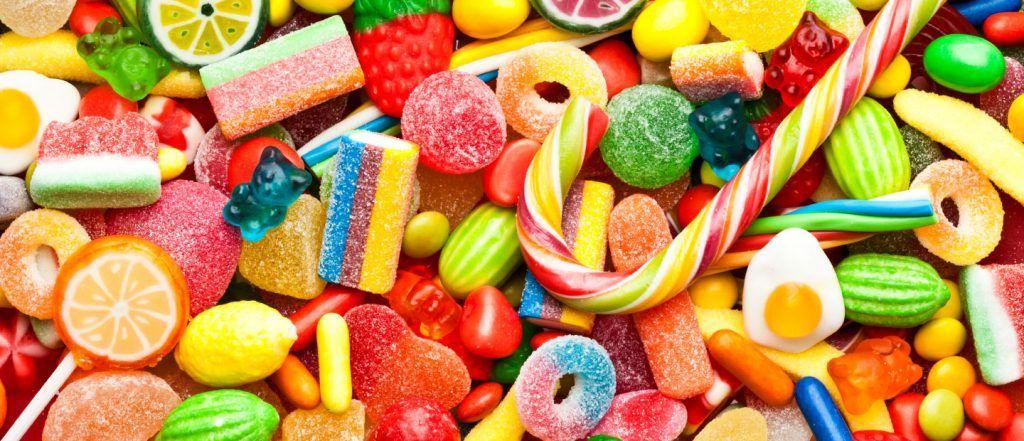The United States and China were the largest exporters of sugar and confectionery to Mexico in 2021, followed by Guatemala, Canada, and Germany.
From all over the world, external purchases of these products totaled 707 million dollars, this is 7% lower at the annual rate and 14.2% lower compared to 2019.
In particular, US exports of sugar and confectionery to Mexico fell 9.7% in 2021, to 594 million dollars, while the decline was 15.5% when compared to 2019 that same year.
Globally, sugar cane accounts for nearly 80% of world sugar production, while sugar beets account for the rest of world sugar production, according to the Teucrium Agricultural Fund.
Sugar manufacturers use sugar beets and sugar cane as raw materials from which refined sugar (sucrose) is produced for industrial and consumer use.
Likewise, sugar is produced in various forms, including granulated, powdered, liquid, brown, and molasses.
Confectionery
The food industry (particularly manufacturers of baked goods, beverages, cereals, confectionery, and dairy products) uses sugar and molasses from sugar cane to make sugar-containing food products.
In turn, sugar beet pulp and molasses products are used as ingredients for animal feed.
Other major exporters of sugar and confectionery to the Mexican market in 2021 were: China (35 million dollars), Guatemala (24 million), Canada (11 million) and Germany (7 million).
On the other hand, ethanol is an important by-product of sugarcane processing.
In addition, the material left over after processing sugar cane is used to make “environmentally friendly” paper, cardboard and eating utensils.
Please Note: The No. 11 Sugar Futures Contract is the world’s benchmark contract for trading raw sugar. This contract fixes the price of the physical delivery of raw cane sugar, delivered to the recipient’s vessel at a specific port within the sugar’s country of origin. No. 11 sugar futures contracts trade on ICE Futures US and NYMEX in units of 112,000 pounds.
![]()

